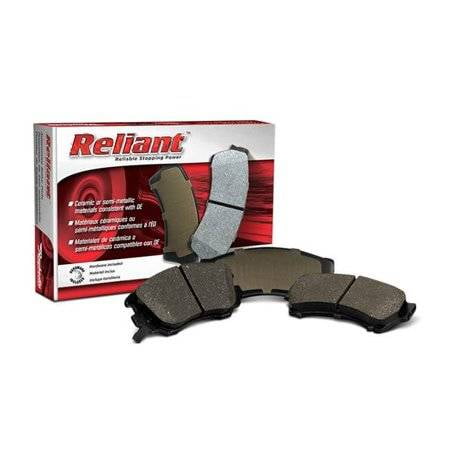Power Stop Front Z36 Truck & Tow Brake Kit with Red Powder Coated Calipers KC2152-36
Check compatibility with your vehicle at http://www.powerstop.com/walmart/ Power Stop Z36 Extreme Truck and Tow brake pad and rotor kit with calipers is a cost efficient product for those that tow/haul, as well as the off-road enthusiast. The low-dust ceramic formula brake pads are reinforced with carbon fibers to strengthen the compound. They are dust free, noise-free, and give you increased braking power without sacrificing everyday drivability. The rotors are cast using the finest G3000 metallurgy with strict OE tolerances – making them a perfect, bolt-on upgrade without the need to make any modifications. Precision drill holes allow for maximum rotor cooling. This keeps the temperature of your brakes down during extreme operating conditions. Rounded slots help wipe away any gas or debris – keeping a clear contact patch on the rotor surface for safe, smooth braking. Silver Zinc Dichromate plating is applied to all drilled & slotted rotors, they not only look great behind your wheels, but to help prevent rust & corrosion. The red powder coated calipers look great behind your wheel, and resist rust and corrosion. Any time you add weight to a vehicle by hauling a load, towing a trailer, or simply adding a larger wheel/tire combination, you change the operating conditions of your stock brake package. Those operating conditions may exceed the ability of the stock braking components. But don’t worry, Power Stop Z36 brake kit with calipers provide the extra stopping power to bring your rig to a halt quickly! Get your brakes done right.









Reviews
There are no reviews yet.